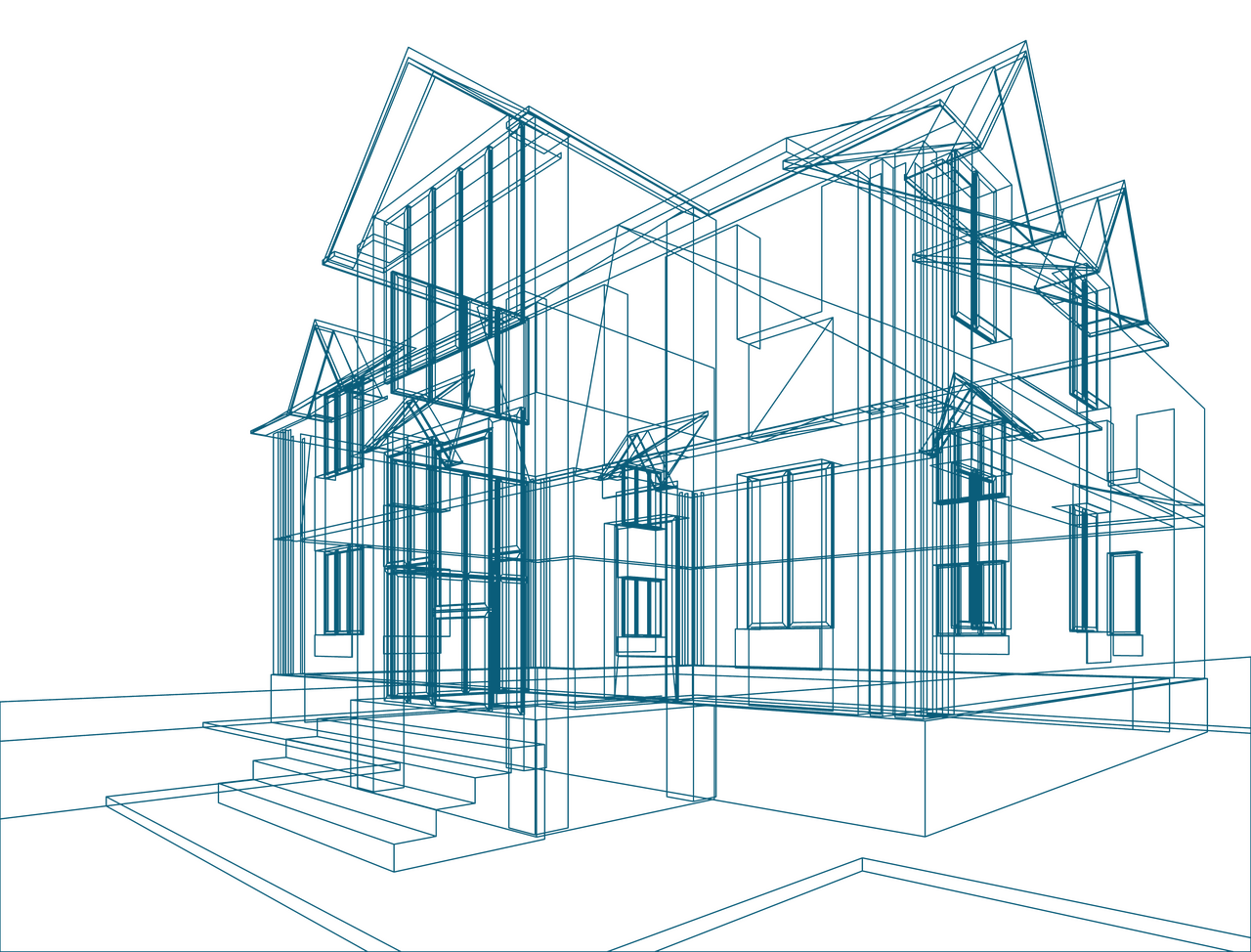

Market report
Prefab in Construction sector
Gain valuable insights into the contractor market with USP Research's Contractor Monitor. Stay informed about industry trends and make informed decisions with this comprehensive market report. Learn more here.
News I published 29 August 2022 I Dirk Hoogenboom
Contractors expect prefab usage to decrease
Over the past years, we have seen the use of prefabricated elements in building construction grow throughout the European construction market. The growth of prefabrication is famously connected with labour shortages and digitalisation in the construction sector.
As it allows for a more efficient way of constructing, reducing time and labour needed, prefab offers solid solutions in places where labour shortages are plaguing the construction sector. Meanwhile, using prefabricated elements can make the design and construction process much more complex, which is why prefab often goes and grows hand in hand with digitalisation and the use of building information modelling.
Clear though the connection with labour shortage and level of digitalisation may be, they are by no means the only trends in construction to drive or hamper the use of prefabrication, as is shown by the H1 2022 results of USP Marketing Consultancy’s Contractor monitor.
European contractors’ share of prefab projects grew but is expected to decline
Across the eight European countries where we interviewed contractors, some form of prefabricated building elements or off-site construction was used in 41% of their projects on average. This share has grown significantly since 2018, when prefab played a role in less than a third of contractors’ projects.
Interestingly, these European contractors expect to have fewer projects that include some form of prefab in the years to come. On average, they expect only 35% of their projects to contain some form of prefabrication or off-site construction in 2025, and 40% in 2030.
It is important to note though, that there are major differences per country both in current penetration of prefab and expectations for the future. The outliers in this spectrum of prefab usage form excellent examples to either prove the importance of labour shortages and digitalisation for prefabrication in construction, or to show that this connection can easily be overruled by other factors.
The Netherlands are the perfect breeding ground for prefabrication
With some form of prefabrication being used in a whopping 71% of contractors’ projects, prefab usage in the Netherlands is far above the European average. Contrary to the average expectations of European contractors, Dutch contractors expect that share to keep rising in the coming years, albeit at a slower pace. That prefab is so predominant in the Dutch construction market can for a large part be explained by the above-mentioned factors of labour shortage and digitalisation.
Housing shortages and the quest for more sustainable buildings majorly increased the demand for building construction in the Netherlands, adding to labour shortages that were relatively high to begin with. At the same time, the Dutch construction sector has one of the highest levels of digitalisation and BIM usage in Europe. Add the fact that the Dutch style of terrace houses fit prefab construction really well, and it is clear that the Netherlands are indeed a perfect breeding ground for prefabrication.
German contractors show that economic development determines expectations
As mentioned, the interviewed contractors expect their share of projects with some form of prefab to decline in the years to come, at least on average. Interestingly, the sharpest decline is expected by contractors in Germany. Currently, with 53% of projects containing prefabrication, German contractors show the second-highest level of prefab penetration. However, contractors expect this share to fall to a mere 21% by 2025.
Why these dramatic expectations in Germany though? Like in the Netherlands, labour shortages are also plaguing the German construction and installation sectors. And although the German construction sector is not at the top regarding the level of digitalisation, it is definitely not at the bottom either. In fact, Germany is also a solid usage of prefabrication, as is proven by its current second place. So what makes the German contractors so pessimistic regarding the usage of prefab in the short term?
A probable explanation is that together with the economy at large, the German construction sector is slowing down a bit. It is likely that this causes German contractors expect fewer projects. Fewer projects mean that labour shortages are less of a pressing issue, which neutralises a major driver for prefab usage. Additionally, prefab is mainly used for larger projects and a slowing economy can very well mean there will be fewer of those large projects to be done.
Altogether, this shows that economic development has a major influence on the expected development of prefabrication in construction that can overrule drivers like labour shortage and digitalisation. In the end, these expectations of contractors are only a part of the whole picture of developments and trends in the European construction sector. For a full overview we refer you to the H1 2022 report of USP Marketing Consultancy’s Contractor monitor.





